On the Forecasting of Solar and Wind Power
To gain energy independence and reduce the carbon footprint India is actively pursuing an unprecedented expansion of its renewable energy sector (especially the Solar and Wind energy sector). There are various economic and technical challenges involved in this endeavor and this article will focus on the technical portion of the challenge spectrum.
The Indian goal for a massive expansion of its renewable energy sector will be a paradigm shift in its otherwise conventional energy-dependent energy infrastructure. As, every paradigm shift comes with its own ‘goods, bads and the uglies’ this too has its fair share.
The Good
As of 31st November 2015, India has a total of 275.9GW of electrical energy capacity installed of which only 76.57GW (27.75%) comes from renewable resources (including all, Biomass, Small Hydro, Waste to Power, Wind, and Solar). Wind Energy accounts for 24.76GW (8.9%) and Solar Photovoltaic (SPV) accounts for 4.68GW (1.69%) [1][2]. We can conclude that at this juncture in time, a majority of our electricity generation comes from thermal stations which are highly polluting and the fuel that they require has to be imported (India is heavily dependent on foreign Natural Oil and gas; coal deposits in India are of Bituminous and Lignite type which are not efficient and are highly polluting).
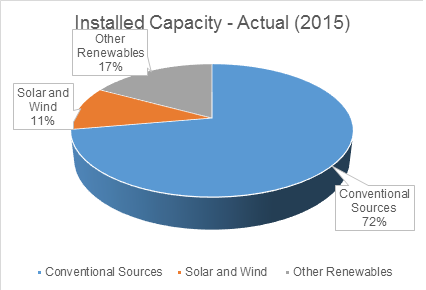
India has set a target for the year 2022 when it will have an additional 100GW from SPV and an additional 60GW from Wind Farms [3]. Hypothetically, if every other conventional energy source and renewable energy source (except Solar and Wind) remains constant till 2022, then we will have a total installed capacity of 435.9GW (58% increase in installed capacity in 7 years), SPV and Wind together will contribute about 189.44GW (43.5%). That is a tremendous increase in the renewable energy installed capacity. But, does it mean we have access to all of the installed SPV and Wind energy capacity?? No, we won’t, as the weather will play dice.
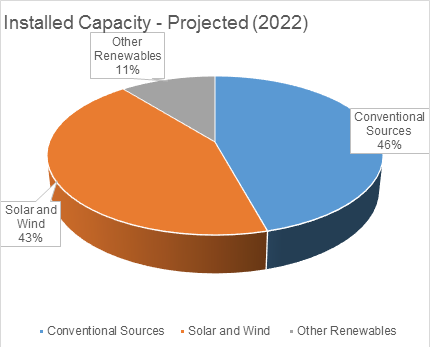
The Bad
The figures above do not explore the full picture. They explicitly miss out on the technical difficulties by way of which this new renewable power can be efficiently utilized to its optimum potential.
The Indian electricity grid is working in an archaic mode, where its operational practices and control mechanisms are tuned to serve a grid dominated by Thermal Power Stations (Fossil Fueled and Nuclear) which provide for base load, and Hydro Power Stations providing for peak load. The energy output of these two kinds of power plants is deterministic and hence is easier to schedule.
But, the energy output of Solar and Wind Power Plants depends on the weather conditions and is stochastic and not deterministic and on most occasions delivers power lower than its installed capacity, which is a real problem for grid operators. Only an accurate forecast of power can solve the problem of efficient renewable energy scheduling.
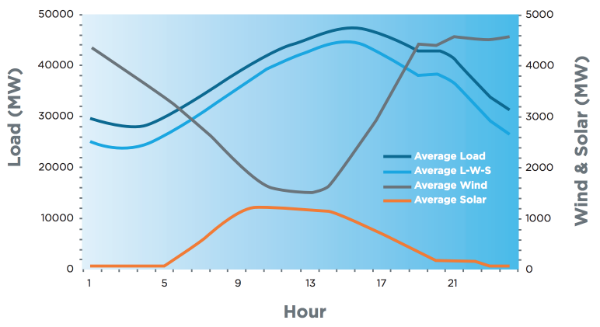
Moreover, Solar and Wind Power Plants aren’t similar to conventional Thermal and Hydro power plants, which have a synchronous generator as an electrical workhorse at their heart. They provide real power (the one which does the real work and flows from the source to the sink: the heat in a geyser, the light in a bulb, the rotation of the fan, etc.) but act as reactive power (the one which is idle and keeps oscillating between the source and the sink: mainly energy stored in the magnetic fields of Transformers, Transmission Lines and Motors ) consumers; which is unhealthy for an interconnected power grid, as reactive power is required for stabilizing grid faults by providing voltage support. Research is taking place in control strategies for Wind generators and Inverters so that they can act as reactive power sources during grid faults. Hence, for a grid with solar and wind power plants, these technologies have to be adopted to improve grid stability and reliability.
The Ugly
The most difficult job now is for researchers engineers and government institutions to work together coherently and prepare for the forthcoming paradigm shift. Research is required in the fields of Power System restructuring, Intelligent Control systems, and creating a solid Forecasting of renewable energy sources. If all of the above is achieved we will have a very strong, highly reliable, and stable Power Grid. Moreover, the end consumers will benefit from economic electricity pricing.

At the moment there are only two pilot projects for wind energy forecasting; one in Gujarat that was completed in February 2015 with 30% inaccuracy of forecasts; not due to the inefficiency of the participating companies (all were foreign private companies) but due to the lack of data; the other one has started in Tamil Nadu by a company called Vortex in cooperation with NIWE (National Institute of Wind Energy). There is no forecasting pilot project for solar yet [4].
For developing an indigenous renewable energy forecasting platform, researchers will require free and easy access to huge amounts of weather and generation data, and that too of good quality, which is absent at this moment. Moreover, data sharing between research organizations and power plants is also limited. An active effort has to be taken for data acquisition and storage of the weather and generation data of the current solar and wind power plants so that we have enough data to create accurate forecast models.
The problem of renewable power forecasting is similar to performing a magic trick.
“Every great magic trick consists of three parts or acts.”
The Pledge
There is a vast literature on energy estimation models for both solar and wind power plants, it shows that if we know the weather variables (Solar Irradiance, Temperature, and Wind Speed ) we can find the theoretical energy output of these power plants that match the real energy output to a great extent of accuracy. Hence, we can now consider energy output from solar and wind power plants to be deterministic if we have accurate weather variables as input to these energy estimation models.
Now the problem of stochastic behavior can be abstracted to the level of weather variables, and now we have to create accurate forecasts for the weather, the rest will be taken care of by the energy estimation model. A study of the literature on weather forecasting shows us three major techniques that are tested for high accuracy.
“The first part is called “The Pledge”. The magician shows you something ordinary: a deck of cards, a bird, or a man. He shows you this object. Perhaps he asks you to inspect it to see if it is indeed real, unaltered, normal. But of course… it probably isn’t.”
The first is the classical method of time series modeling propagated by the statisticians Box and Jenkins in the 70s, and still used today. Their models of ARMA (Autoregressive Moving Averages, for stationary time series) and ARIMA (Autoregressive Integrated Moving Averages, for non-stationary time series) provide building blocks for creating the most basic statistical forecasts based on the time series mean and variance values.
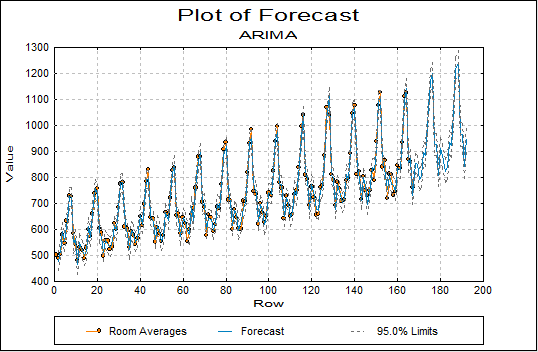
The second is the modern technique of Artificial Neural Networks, which are inspired by biological neural networks. They work on the principle of interconnected neurons forming a network between inputs and outputs; the neurons consist of a mathematical function, biases, and weights. This network of neurons is made to learn the data during the training phase using appropriate learning methods. ANNs can be trained to do a variety of jobs; namely Clustering, Classification, and Regression. For weather variable forecasting we need to develop a neural network for solving a regression problem. ANNs are more effective than Time Series Models as they are not linear models, and can learn highly non-linear relationships between input and output; the only constraint being a good data set for training purposes.

Finally, we have the Numerical Weather Prediction Models (NWPs) like ECMWF and WRF they produce good weather forecasts up to 1km spatial and about 3min temporal resolution. NWPs are quite different from the first two forecasting techniques as they depend on accurate physical descriptions of the atmospheric processes and tend to give highly accurate forecasts. But, the problem here is these software require supercomputers to run them as they require a lot of computing power and memory.
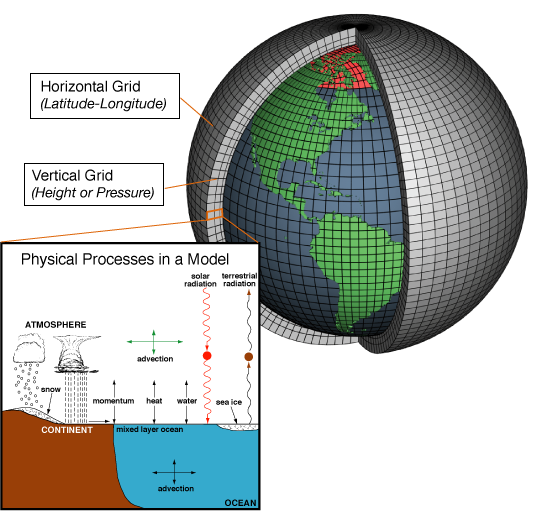
What we have understood is that the best way to forecast is to combine all these forecasting models into an ensemble system; and make a very accurate weather forecast which can be then fed into the energy estimation model, and renewable power forecast of the highest accuracy can be achieved.
The Turn
With the guidance of Dr.Sagarkumar Agravat (Scientist in charge of Solar R&D Projects, Gujarat Energy Research and Management Institute [GERMI]) and help from a fellow intern (Mr. Saurabh Gavali) I (Research Intern, Renewable Energy Research Wing, GERMI) have been able to create energy estimation applications for Solar and Wind energy (Wind Energy Application is in the development process). The applications have been created in MATLAB Software and have a graphical user interface. To deal with bad data, a data preprocessing system for weather variables as well as solar generation data has been created to give statistically correct data sets.
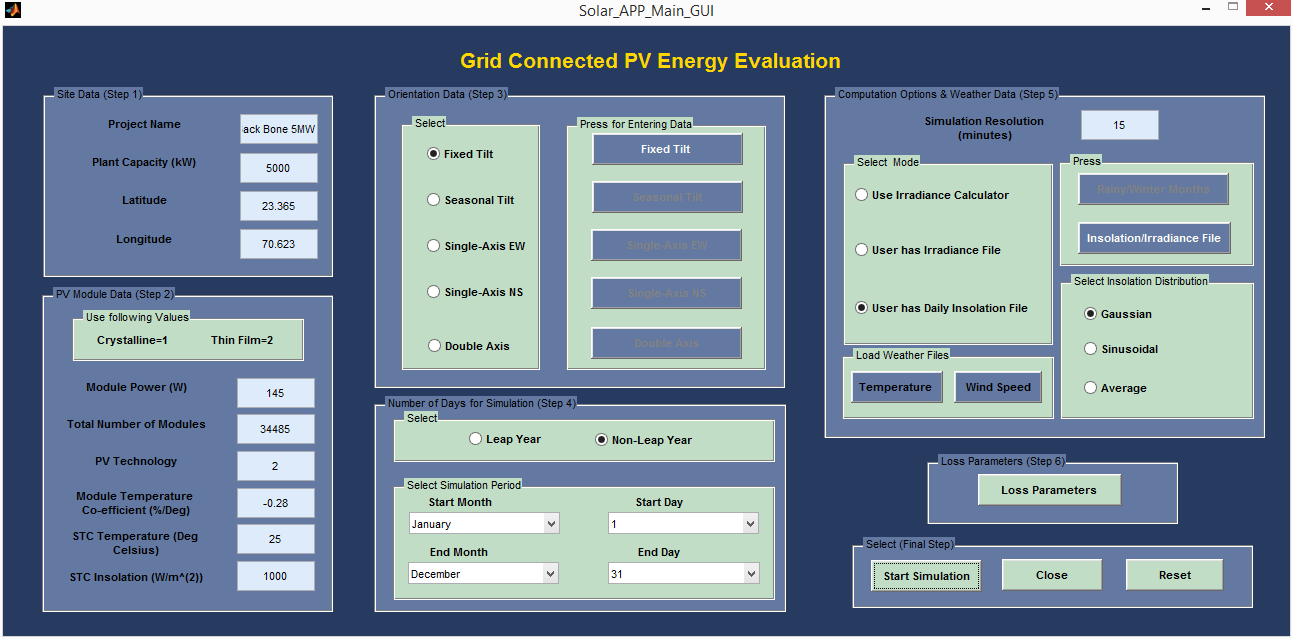
“The second act is called “The Turn”. The magician takes the ordinary something and makes it do something extraordinary. Now you’re looking for the secret… but you won’t find it, because of course you’re not really looking. You don’t really want to know. You want to be fooled. But you wouldn’t clap yet. Because making something disappear isn’t enough; you have to bring it back.”
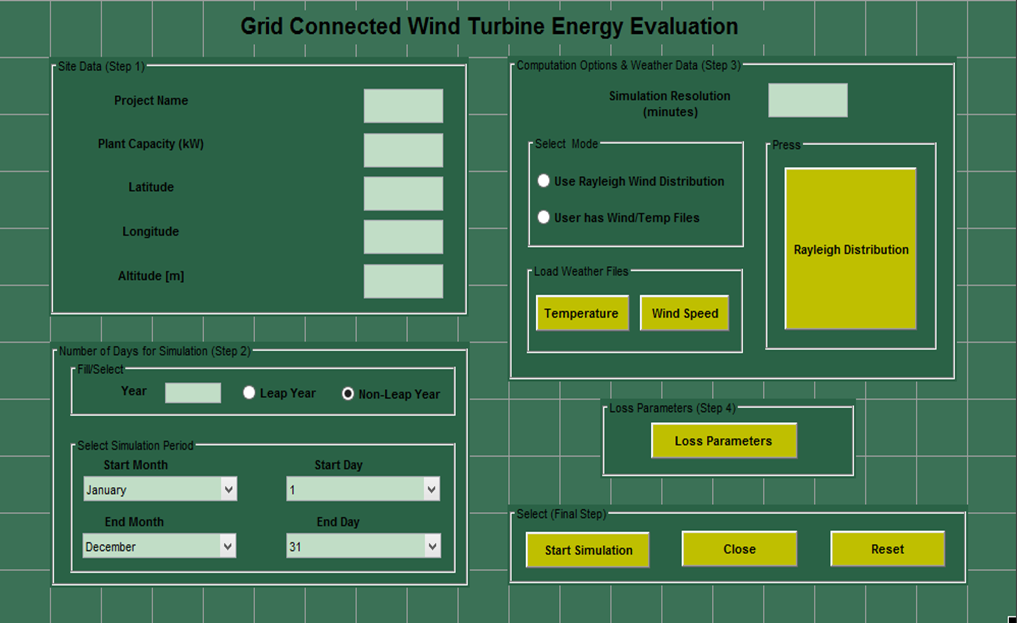
Now, we are concentrating on the integration of the Time Series Model and ANN model in the application to create a complete forecasting application. I am also working on running the open-source WRF (Weather Research and Forecasting) model on a small supercomputer made from a cluster of four Raspberry Pi’s (Single Board Micro Computer). This will ensure that we have a complete ensemble forecasting model.
The Prestige
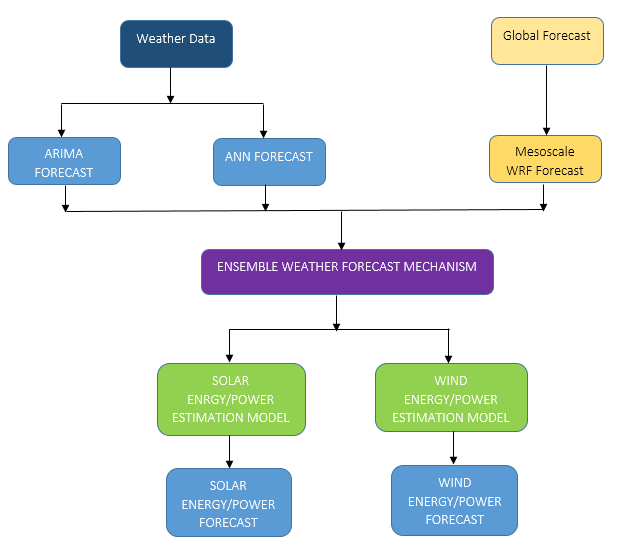
We hope to demonstrate a fully working solar and wind forecasting platform by the end of my internship. The ‘Turn’ is yet to finish so the ‘Prestige’ is still far away.
“That’s why every magic trick has a third act, the hardest part, the part we call “The Prestige”
References
[1] Wikipedia: Electricity sector in India
[2] Wikipedia: Renewable energy in India
[3] Blog: Big Data Improves Renewable Power Forecasts. Will It Help India?
